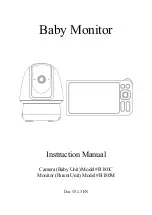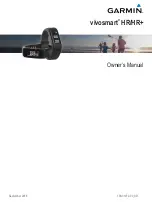
Inspect the TABS monitor to make sure it is held securely to the wall or
wheelchair bracket and that the bracket mount is secure. If the mount is
not secure, the monitor may be damaged.
Replace the disk in the disk slot immediately after an alarm and keep
the disk in the disk slot at all times to prevent battery drain.
Always check to be sure the nurse call interface cord is plugged into
the nurse call system before each use of the TABS monitor. If the cord
is unplugged and the monitor’s local alarm is off, the unit will not
operate.
Use care when connecting or disconnecting the TABS monitor to the
nurse call system. Gently remove or connect plugs. Pulling on the cord
may damage it and result in system failure.
On the TABS Professional, connect only pressure pads to the jack on
the right and connect only nurse call interface cords to the jack on the
left on the bottom of the monitor. An alarm will sound if either item is
connected to the incorrect jack. Failure to connect a pressure pad or a
nurse call cord to the proper jack will cause improper operation of the
monitor.
The TABS Sidekick pressure pads are designed to withstand normal
wear and tear for a period of 90-days or 1 year (depending on model).
Beyond this time, the pad may fail and fail without warning due to
prolonged use and other factors, e.g. bending, exposure to moisture,
punctures, repeated cord pulls, connector damage, etc.
Be certain that your protocols direct staff to log the one year (or 90-
day) Date Put In Use date in the blank provided on the pad itself AND
in the resident’s chart. If the pad is used on more than one resident,
the original Date Put In Use date must be transferred from chart to
chart.
If the cord is unplugged from the call system and the alarm options
have been set to nurse call only, the TABS
®
monitor reverts to a local
alarm. The nurse call interface cord must be plugged into the nurse call
system at all times.
If the monitor alarms for a period of seven minutes, the unit will revert
to the local alarm mode. Before each use and periodically during the
day, check the cord to make sure it is securely in place. Failure to do so
may result in injury or death to a person in your care.
4
WARNING






































